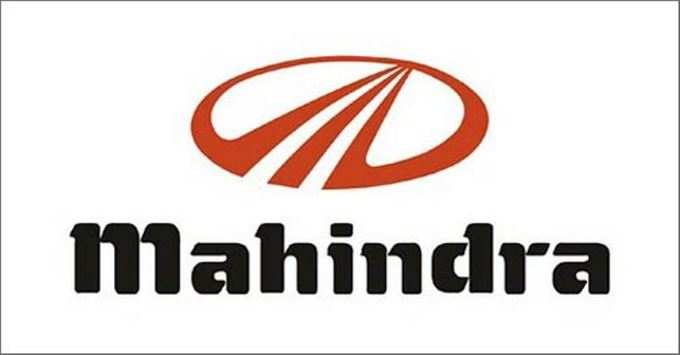
The SUVs from Mahindra & Mahindra (M&M) were undisputed rulers on Indian roads until
Renault and
Ford came to forefront. And now with the sales of premium SUVs of M&M having seen a slump, the automaker has set in motion a strategy codenamed 'Play to Win'. The goal is to accelerate plans to take competition head-on and rev up
market share.
Mahindra took 200 executives from 100 vendors to the
DoubleTree Hilton hotel in
Warsaw, where top company officials told them of plans to attain 26% growth in the automotive segment this year according to the Economic Times.
With no major recent additions to models such as Scorpio, Xylo and XUV 500, M&M's sales volumes slumped and it ended the previous financial year with a 37.4% market share in the utility vehicle (UV) segment, from about 55% three years ago. The company lost its third spot in the overall market to
Honda Cars India.
Maruti Suzuki and
Hyundai are the top two currently. Mahindra is eyeing a quick turnaround in the current financial year, the vendors said. If monsoon is normal, M&M expects sales of 5.37 lakh units in its automotive business, including small commercial vehicles, pick-up trucks, cars and UVs.
The UV segment, which makes up for almost half a million units, has attracted many new entrants including the EcoSport from Ford and Renault's Duster. With Maruti
Suzuki, Hyundai and others lining up new SUVs, competition will intensify.
"We are playing to win. We have all the enabling factors for winning including right products," a
Mahindra executive was quoted by the vendors who attended the meeting.
Mahindra is banking on the new models - S101, the micro SUV for small-car buyers and U301 the compact SUV aimed at compact sedan buyers - expected to sell 45,000 to 50,000 units.
However there’s some ray of hope with M&M and
Peugeot teaming up. With the acquisition of 51% of Peugeot Motorcycles in January, it would push the M&M brand for the mass market and Peugeot for the premium end. M&M will look at expanding its footprint with Peugeot in
Africa and Southeast Asia.
On commercial vehicles, with a revival expected in the market and the introduction of new variants, the company hopes to break even in the next two to three years.
